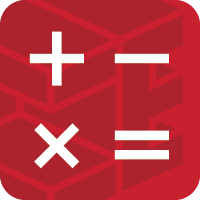Sustainability
Why Concrete is Green
Concrete has been used in various forms for thousands of years, but it is only recently that we are discovering how beneficial using concrete can be over other alternatives.
Find out more about concrete and check out our LEED credit calculator.
Sustainable Products
While all our aggregate and concrete products offer green advantages, a few products stick out:
 |
 |
 |
 |
Local Materials
Concrete is made from raw materials that are often times mined right here in Maryland, Delaware or Virginia. Mining locally decreases the amount of fuel and energy needed to transport these materials and provide for the local economy. Because wet concrete can only travel short distances, concrete plants are local and also support their local communities and economies.
Cement Substitutes
Fly Ash
Fly ash is a by-product of the combustion of coal and either collected from the bottom of the boiler or captured by filtration equipment in modern coal-fired power plants before it reaches the chimneys.
Initially, fly ash was either released into the atmosphere or disposed of in landfills. Then it was discovered that it can replace up to 50% of Portland cement in a concrete mix. Concrete with a high percentage of fly ash exhibits less bleeding and shrinkage than straight cement mix designs. Fly ash can also significantly improve the workability of concrete.
Benefits of Using Fly Ash - Initially, fly ash was disposed of in landfills until it was discovered that it can replace up to 50% of Portland cement in a concrete mix. Concrete with a high percentage of fly ash exhibits less bleeding and shrinkage than straight cement mix designs.
Slag
Slag cement is an industrial by-product of an iron blast furnace. Slag diverted from the furnace is chilled and results into glassy granules that when grounded up into fine particles has desirable cementitious characteristics.
The rule of thumb is that one ton of CO2 is released for every ton of Portland cement used in a concrete mixture. Substituting 50 percent slag can save between 165 and 374 pounds of CO2 per cubic yard of concrete. Slag cement requires almost 90 percent less energy to produce than Portland cement so by using slag as a replacement in a mix design, the amount of embodied energy in a cubic yard of concrete is reduced by 30 to 48 percent. A ton of Portland cement requires about 1.6 tons of raw materials during mining operations. If 50 percent of slag cement is used instead of Portland cement, between 281 and 640 pounds of virgin material can be saved per cubic yard of concrete.
Slag is also known in the industry as having such benefits as improved workability, higher long-term compressive strength, consistent performance and easier finishability. The use of slag cement allows designers and architects to reduce the environmental footprint of concrete while ensuring improved performance and increased durability.
Link to EPD
Benefits of Using Slag - The rule of thumb is that one ton of CO2 is released for every ton of Portland cement used in a concrete mixture. Substituting 50 percent slag can save between 165 and 374 pounds of CO2 per cubic yard of concrete. Slag cement requires almost 90 percent less energy to produce than Portland cement so by using slag as a replacement in a mix design, the amount of embodied energy in a cubic yard of concrete is reduced by 30 to 48 percent. A ton of Portland cement requires about 1.6 tons of raw materials during mining operations. If 50 percent of slag cement is used instead of Portland cement, between 281 and 640 pounds of virgin material can be saved per cubic yard of concrete.
CarbonCure

 The CarbonCure Technology recycles carbon dioxide (CO2) to reduce the carbon footprint of the concrete industry by creating affordable, greener concrete. CarbonCure retrofits concrete plants with a technology that introduces CO2 into the concrete mix during mixing. When introduced, the CO2 becomes chemically converted into a solid mineral—meaning that the CO2 is permanently trapped within the concrete. The in-situ CO2 mineralization improves the compressive strength of concrete, allowing concrete producers to optimize mix designs and reduce cementitious content.
The CarbonCure Technology recycles carbon dioxide (CO2) to reduce the carbon footprint of the concrete industry by creating affordable, greener concrete. CarbonCure retrofits concrete plants with a technology that introduces CO2 into the concrete mix during mixing. When introduced, the CO2 becomes chemically converted into a solid mineral—meaning that the CO2 is permanently trapped within the concrete. The in-situ CO2 mineralization improves the compressive strength of concrete, allowing concrete producers to optimize mix designs and reduce cementitious content.
As of early 2020, over 500 million cubic yards of concrete made with the CarbonCure Technology has been delivered from nearly 200 concrete plants. It has been used in a wide range of mixes in a wide variety of climates, ranging from Canadian winters to Hawaiian summers.
Chaney Enterprises locations where CarbonCure is available:
- Annapolis, MD
- Ashland, VA
- Gainesville, VA
- Jessup, MD
- Lorton, VA
- Prince George, VA
- Richmond, VA
- Seat Pleasant, MD
- Spotsylvania, VA
- Stafford, VA
- Upper Marlboro, MD
- Waldorf, MD
- Waugh Chapel, MD
CO2 Tracker

Get More LEED Credit Points with CarbonCure
The CarbonCure Technology contributes to the ability of your project to earn points in the following Materials & Resources (MR) credits:
1.MR Credit: Building Life-Cycle Impact Reduction
- Concrete containing CarbonCure contributes to the points awarded for Option 4: Whole-Building Life-Cycle Assessment (1-4 points)
- Points are awarded on a scale based on a demonstrated impact reduction in three of six impact categories:
- Buildings that use concrete treated with CarbonCure achieve a 3-5% demonstrated impact reduction in GWP, positively impacting the ability of a building to meet the GWP reduction threshold*
- By reducing the quantity of cement used in concrete, CarbonCure also positively impacts other impact categories
*The actual level of reduction is dependent on factors that affect lifecycle emissions e.g. specific concrete mixes used, energy sources used to create cement and concrete, transportation distances, etc.
 2.MR Credit: Building Product Disclosure and Optimization –Environmental Product Declarations
2.MR Credit: Building Product Disclosure and Optimization –Environmental Product Declarations
- Concrete containing CarbonCure can contribute to the requirement for the LEED points awarded for Option 1: Environmental Product Declaration (1 point) and Option 2: Multi-Attribute Optimization (1 point)
- CarbonCure supports producers with the data required for the creation of Environmental Product Declarations (Environmental Product Declarations) for mineralized concrete products—this counts toward the requirement for 20 different permanently installed products that meet one of the disclosure criteria
- CarbonCure contributes to the ability of a project team to earn an additional credit point by realizing reductions in global warming potential. This credit requires >50% of building materials (based on total cost)to demonstrate reductions over industry averages.

Efficient Terminals
Barge
Our dedicated barge capabilities means we can reduce long hauls experienced in our trucking fleet: reducing safety risk, traffic and emissions. This strategic move is key in promoting efficient material movements and helping with the uncertainty of long truck hauling. It will also free our truck fleet to provide an even better level of local customer service.
In addition to sand and gravel, other materials such as animal feed or scrap metals can also be shipped via barge throughout the 12,000 mile inland waterway system from Seaford, DE.
One barge has the capacity of a 50 car unit train, 250 dump trucks or 50 tractor trailers.
Train
In 2017, Chaney Enterprises completed the new rail spur to our facility in Waldorf. This has enabled us to offer limestone and other products to our customers available for transfer by the new railway.
In addition to making our products available via truck and barge, the railway allows us to make all of our products readily available to a wider market area. Like moving products via barge, the railway also allows us to reduce the amount of long hauls from our trucking fleet and increase the level of service to our local customers.
Water
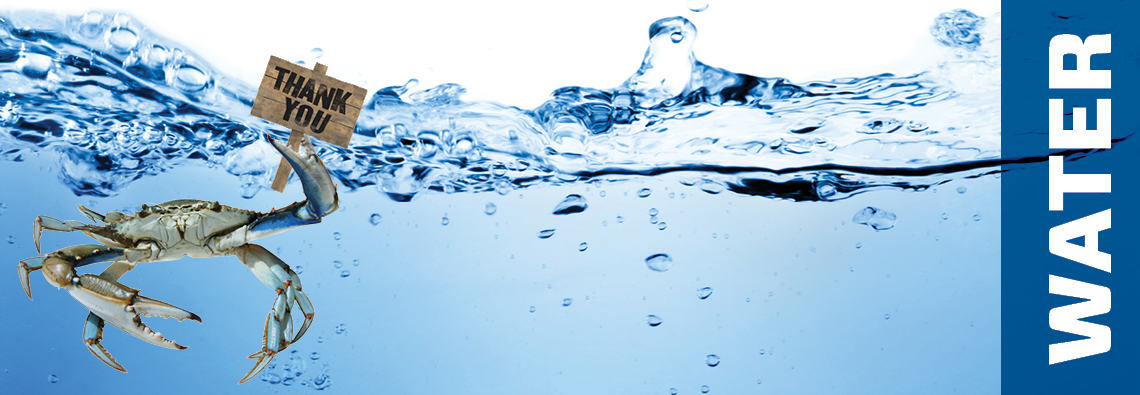
Managing water at our mine sites and concrete ready-mix plants is key to reducing our impact on the surrounding environment. Each permitted site is inspected monthly by our staff and include evaluations of the Erosion and Sediment Controls, Water Treatment Systems, and effectiveness of Best Management Practices.
Best Management Practices, known as BMP’s, are the actions taken to prevent or minimize pollutants from mixing with stormwater and to reduce the volume of process water created.
Stormwater is any rain or snow melt that is exposed to the site. Stormwater can become process water if exposed to the industrial operation or mixed with existing process water.
Process water is any water used in the concrete batching process, including truck exterior and mixer drum wash water. Process water at concrete ready-mix plants could be polluted with sediments, elevated pH levels, oil or grease.
Because stormwater and process water comingle, our sites must be designed to direct, collect, and treat all water. With settling basins, water is treated to normalize the pH and then a stormwater management pond is the final collection and settling area before water leaves the site.
Chaney Enterprises is taking additional steps at their locations to create zero water discharge sites so that all the water used during the process of batching ready-mix concrete is recycled and reused through our patent pending Hydro Carbonic Purification system.
Ready-mix concrete producers and other concrete manufacturers can recycle process water in real time with the Hydro Carbonic Purification system resulting in a zero water discharge operation. For more information on this system, visit ReuseWater.com
Green-Star Certified 

The National Ready Mix Concrete Association (NRMCA) recognizes Chaney Enterprises for its outstanding environmental principles and management at its concrete mixing plants, granting the company Green-Star Certification at the Annapolis, Hollywood, Jessup, Lorton, Seat Pleasant, Upper Marlboro, Waldorf, and Waugh Chapel plants. The Green-Star Program was established in collaboration with NRMCA and the Environmental Protection Agency’s Green Highways Partnership.
“Chaney Enterprises has been proactive in its environmental practices, and the Green-Star Certification validates them,” said Jan Holt, chief customer officer, Chaney Enterprises. “The Green-Star Certification’s environmental management system will provide a continuous improvement model for the company. It is the first step in a series of green initiatives.”
To achieve national Green-Star certification, the company must demonstrate rigorous and sustainable actions in reducing environmental impacts and improved plant efficiencies resulting from sound environmental practices. As guidance, Chaney Enterprises must validate practices identified in NRMCA’s “10 Guiding Principles of Environmental Stewardship.” The review process includes aspects of water quality, air quality, hazardous materials and solid materials management; environmental training and education; community issues; and sustainability related to energy conservation, voluntary reduction of carbon footprint, recycling efforts and the use of pervious concrete.
Chaney Enterprises was noted for its conversion from fuel oil to biofuel to heat the boilers at the plants. They were also 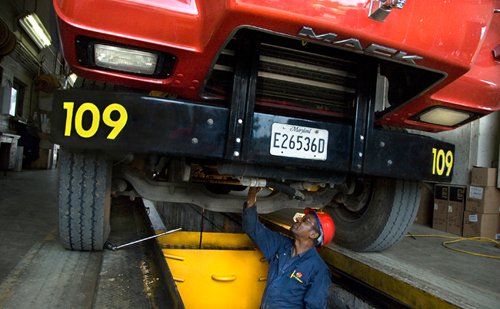 applauded for using recycled motor oil to heat their maintenance shops and for recycling concrete, office paper, supplies, cans, bottles and ink cartridges. All Chaney delivery trucks are cleaned prior to leaving the plant to reduce dust and debris and access roads are maintained throughout daily operations to reduce air pollutants. Plant noise is constantly monitored, and tree berms (raised earth barriers separating two areas) and other landscaping is installed, serving as sound barriers. Mufflers are installed on cement blowers, reducing production noise. Chaney further reduces noise by employing a hydraulic retarder instead of an engine or “jake” break.
applauded for using recycled motor oil to heat their maintenance shops and for recycling concrete, office paper, supplies, cans, bottles and ink cartridges. All Chaney delivery trucks are cleaned prior to leaving the plant to reduce dust and debris and access roads are maintained throughout daily operations to reduce air pollutants. Plant noise is constantly monitored, and tree berms (raised earth barriers separating two areas) and other landscaping is installed, serving as sound barriers. Mufflers are installed on cement blowers, reducing production noise. Chaney further reduces noise by employing a hydraulic retarder instead of an engine or “jake” break.
Chaney Enterprises encourages environmental best practices in the communities where they live and work. They donated Pervious concrete to the Smithsonian Environmental Research Center and the Calvert Marine Museum, whose locations are in access to critical areas. The company also provides tours of its plants to the public and has hosted various schools and training organizations.
Paperless
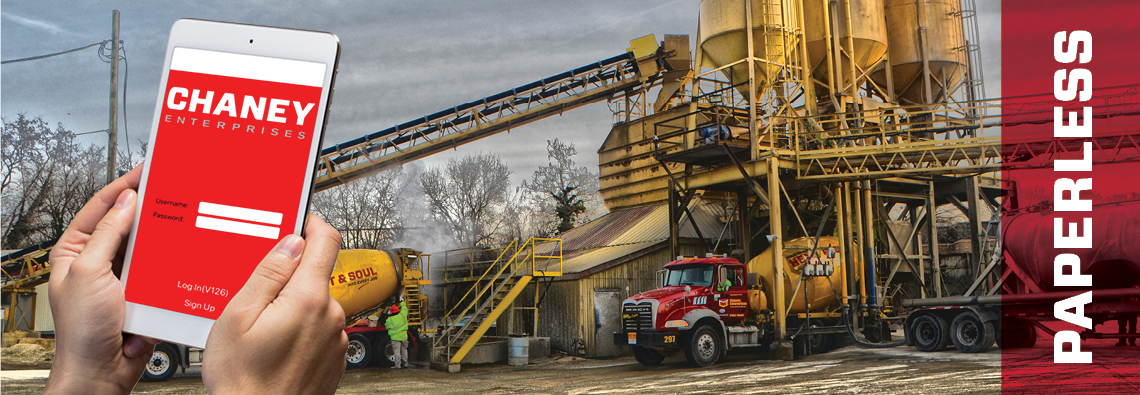
Did you know that the average office worker generates about two pounds worth of mixed paper products every day and uses about 10,000 sheets of paper each year!? Not to mention, 70% of the total waste in offices is made up of paper! Therefore, becoming 100% paperless has been a top goal for Chaney Enterprises.
Chaney Enterprises is committed to reducing the use of paper in their daily work processes. Through the use of electronic ticketing systems, electronic billing, the Chaney App, employee self-service technology and email instead of paper mail, the company has been able to reduce their use of paper tremendously.

All paper tickets at Chaney Enterprises have been discontinued and converted to e-tickets. Customers have the convenience of viewing their tickets anywhere and anytime through the Chaney Customer App found at the Apple or Android mobile app store, or access is also available via the web portal at the top of ChaneyEnterprises.com website.
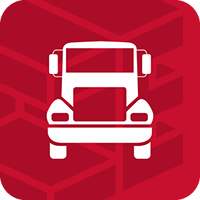
Driver App
For Internal Uses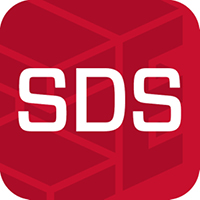
SDS App
Safety Data Sheets for Internal Use
Chaney Enterprises has also implemented paperless systems to benefit their team members. By making use of employee self-service technology, employees can access forms, paystubs and company information online or through the Paycom mobile app. 
Additional measures that Chaney has taken to reduce paper consumption:
- Electronic document sharing
- Electronic document record keeping
- Eliminating the use of paper goods like plates and cups
- Placing recycling bins in all of our facilities




